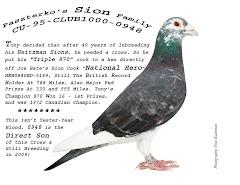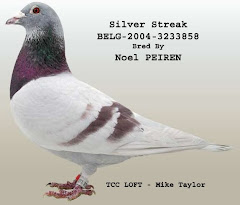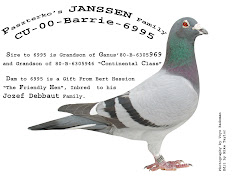Birds have navigated long distances since ancient times, when Egyptians first used homing pigeons to carry messages. Birds' navigation skills have intrigued researchers, and approximately 150 years ago, they hypothesized that birds traveled by Earth's magnetic field. Other theories include an acute sense of smell, visual cues and genetics--and it is possible all of these theories are true.
Navigation by Smell
While people used to believe birds did not have a well-developed sense of smell, researchers have recently discovered some birds use their olfactory sense to navigate, according to the Northern Prairie Wildlife Research Center. For instance, European starlings with damaged nerves that deteriorate their sense of smell are less likely than healthy birds to find their way home.
Genetics
Migratory birds are born with some navigational skills, according to Smithsonian National Zoological Park. That they fly in the correct direction for the correct length of time during the first migration shows they have an innate navigation system. In an experiment described in the book "Bird Migration," garden warblers kept in a controlled, unchanging environment still knew which direction to fly for migration--proving, for many birds, navigation during migration is a product of genetics.
Magnetic Beaks
In 2004, biologist Cordula Mora at the University of North Carolina led a team of researchers studying birds' navigation. They attached small magnets to their beaks and found this impaired their ability to navigate, leading researchers to believe pigeons have magnetite in their beaks that guides them. They may also have a magnetic compass in their eyes, according to Mora. This means birds can position themselves according to Earth's magnetic field.
Navigation by Sight
Mora states that, during migration, birds also travel by visual cues, including the stars, sun, moon and landmarks on Earth as learned behavior. For instance, if indigo buntings cannot view the night sky when they are young, they fail to learn critical navigation skills for migration. Wind can blow birds slightly off course, but those traveling over rivers stay on course by following the river, according to Northern Prairie Wildlife Research Center.
Wind Patterns
Smithsonian National Zoological Park states that wind direction is seasonal, and during migration season, it tends to blow in the direction birds are supposed to migrate--which makes it an ideal guide. Birds may recognize wind direction when it ruffles their feathers, causing them to feel with the sensory receptors beneath their feathers.
By Ashley Hayes, eHow Contributor
updated: May 31, 2010














